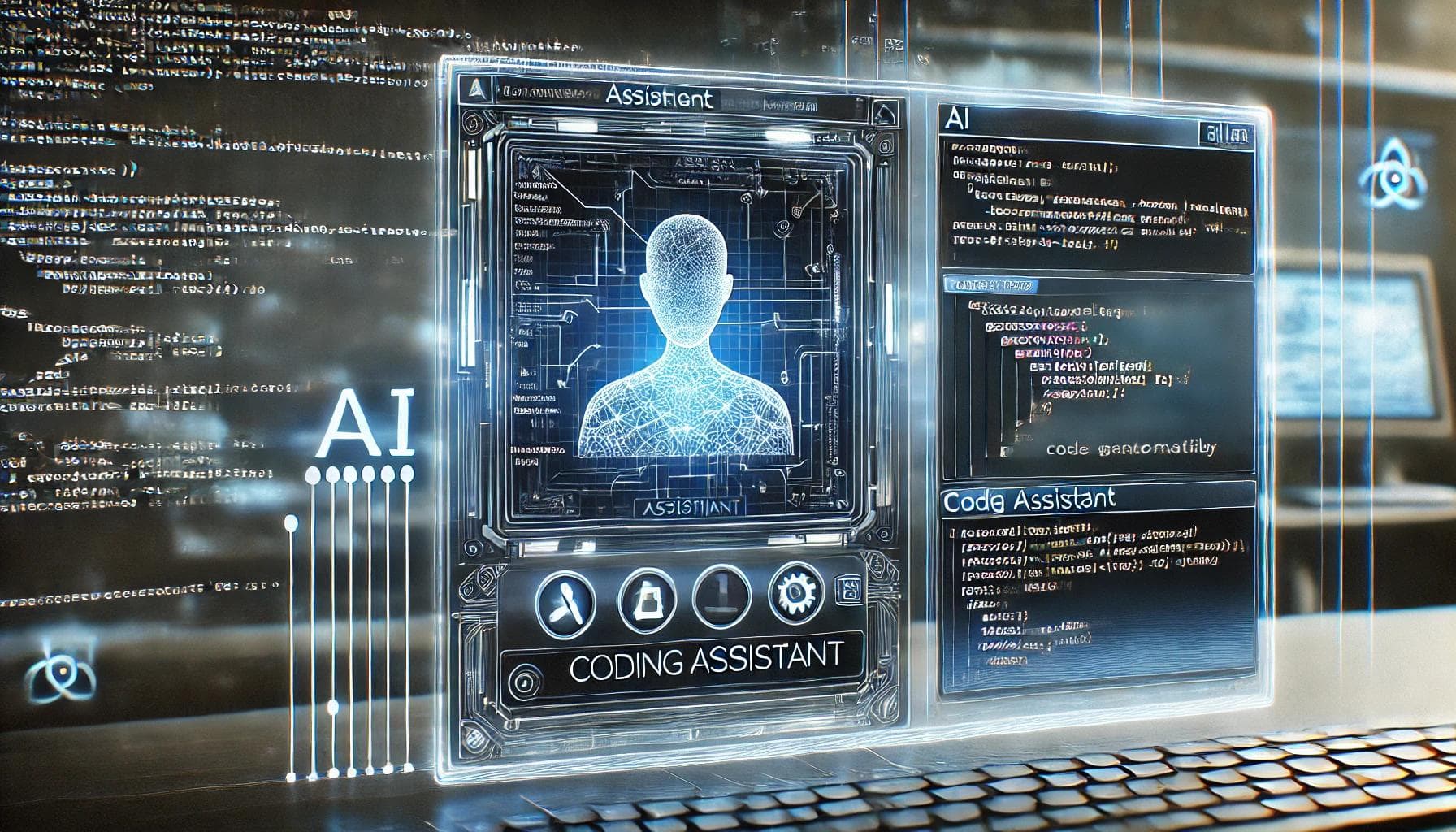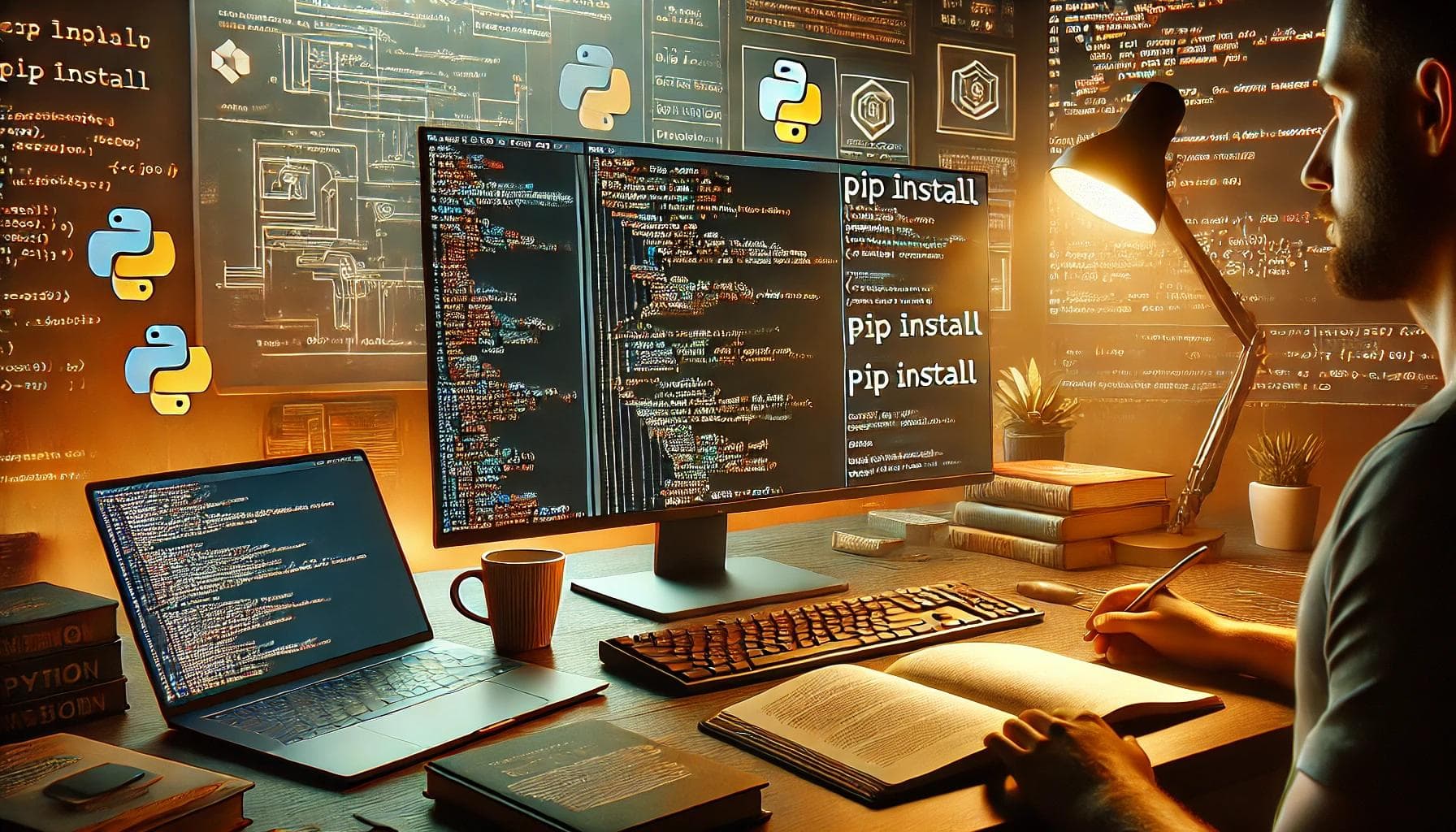|5 min reading
DUSt3R: Simplifying 3D Vision with Advanced Tools

Don't Miss This Free AI!
Unlock hidden features and discover how to revolutionize your experience with AI.
Only for those who want to stay ahead.
What Is DUSt3R and Why It’s a Game-Changer in 3D Vision
Imagine creating a detailed 3D model using just two images. Picture standing before the Taj Mahal, snapping two pictures from slightly different angles, and generating a 3D replica on your computer. It sounds magical, but that’s precisely what DUSt3R offers.
DUSt3R is a revolutionary Python-based platform designed to simplify 3D vision and geometric modeling. Traditionally, creating 3D models required extensive expertise, camera calibration, and multiple images. DUSt3R eliminates these barriers, making 3D vision technology accessible to a wider audience.
Key Features of DUSt3R:
- User-Friendly Interface: Clear installation and usage instructions make it ideal even for beginners.
- Pre-Trained Models: Skip the training process with ready-to-use models.
- Two-Image Simplicity: Generate dense 3D representations using just a pair of images.
This groundbreaking tool democratizes 3D vision technology, making it applicable to various industries, from gaming to virtual reality.
How DUSt3R Works: A Step-by-Step Guide
DUSt3R’s intuitive design ensures users of all skill levels can benefit from its powerful features. Here’s how you can get started:
1. Setting Up DUSt3R
- Clone the DUSt3R GitHub Repository.
- Use Conda to create an environment, following the detailed setup guide provided in the repository.
2. Deploying Pre-Trained Models
- Download a pre-trained model optimized for the CO3Dv2 dataset.
- Load image pairs into DUSt3R for inference.
- Visualize the reconstruction with provided Python scripts.
3. Customizing Your Workflow
For advanced users, DUSt3R allows model training with customizable parameters:
- Prepare datasets and set hyperparameters.
- Train models for varying resolutions and configurations.
- Replicate or build on existing results using the “Our Hyperparameters” section.
This combination of simplicity and flexibility makes DUSt3R suitable for a wide range of applications.
Real-World Applications of DUSt3R
DUSt3R’s impact extends beyond theoretical advancements to practical solutions across multiple industries:
Gaming Industry
Game designers can use DUSt3R to create realistic environments from simple image pairs, enhancing immersion and realism in gameplay.
Interior Design
Transform two photos of a room into a 3D model. Designers can experiment with layouts and styles virtually before implementing changes.
Virtual Reality (VR)
DUSt3R enhances VR by enabling developers to create lifelike 3D environments from minimal input, improving user experiences.
Other Fields
- Geology and Astronomy: Create 3D models for scientific analysis.
- Architecture: Visualize structural designs with ease.
Getting Started with DUSt3R
Starting your journey with DUSt3R is straightforward:
Visit the DUSt3R GitHub Repository to explore its structure and features.
Follow the setup instructions to create your DUSt3R environment.
Choose between deploying pre-trained models or training your own.
Refer to the comprehensive guides for step-by-step assistance.
Join the DUSt3R developer community for additional support and collaboration.
Final Thoughts
DUSt3R represents a milestone in 3D vision technology, offering a simplified yet powerful tool for creating dense geometric models. Whether you’re an industry professional or a tech enthusiast, DUSt3R opens up new possibilities in 3D modeling and visualization. From gaming and VR to interior design and beyond, the potential applications are limitless.
Don’t wait—start exploring the transformative world of DUSt3R today.
FAQs
What makes DUSt3R different from traditional 3D modeling tools?
DUSt3R simplifies 3D vision by requiring only two images to create dense models, eliminating the need for camera calibration and extensive expertise.
Can beginners use DUSt3R?
Yes, DUSt3R provides detailed instructions and pre-trained models, making it accessible even for users new to 3D vision.
What industries can benefit from DUSt3R?
DUSt3R is ideal for gaming, interior design, VR development, architecture, and scientific fields like geology and astronomy.
How can I start using DUSt3R?
Visit the official GitHub repository, set up your environment using Conda, and follow the provided guides to deploy pre-trained models or train your own.
Is DUSt3R free to use?
Yes, DUSt3R is open-source and free, allowing users to access its full range of features at no cost.
Related Articles

3 Incredible Claude 3 Prompts That Highlight Its Versatility
Discover Claude AI’s amazing capabilities with prompts that showcase its skills in coding, visualization, and simplifyin...

How to Build an AI Coding Assistant with Llama 3
Learn how to build an AI coding assistant using Llama 3, a powerful open-source model by Meta. Follow this step-by-step ...

How to Fix ModuleNotFoundError: No Module Named 'langchain_openai' Error
Resolve the "ModuleNotFoundError: No module named 'langchain_openai'" error quickly with our comprehensive guide. Learn ...

How to Access Llama 3.1 405B Without a VPN | A Complete Guide
Discover how to use Meta’s Llama 3.1 405B AI model without a VPN. Learn about its capabilities, alternatives, and how Me...
Latest Articles

Joyland AI Review What You Should Know About This Popular Character Chat App in 2026
Explore Joyland AI features, safety, pricing, NSFW settings, pros and cons and why Merlio is the best alternative for cr...

Crushon AI Complete Guide What It Is How It Works Safety Pricing Risks and the Best Alternative in 2026
Learn what Crushon AI is, how it works, its features, safety risks, pricing, pros and cons, and why Merlio is the best a...

10 Best AI Sexting Apps in 2026 (Uncensored & Free)
Discover the best AI sexting apps in 2026. Uncensored, private, and customizable AI companions. Flirton leads with zero ...
